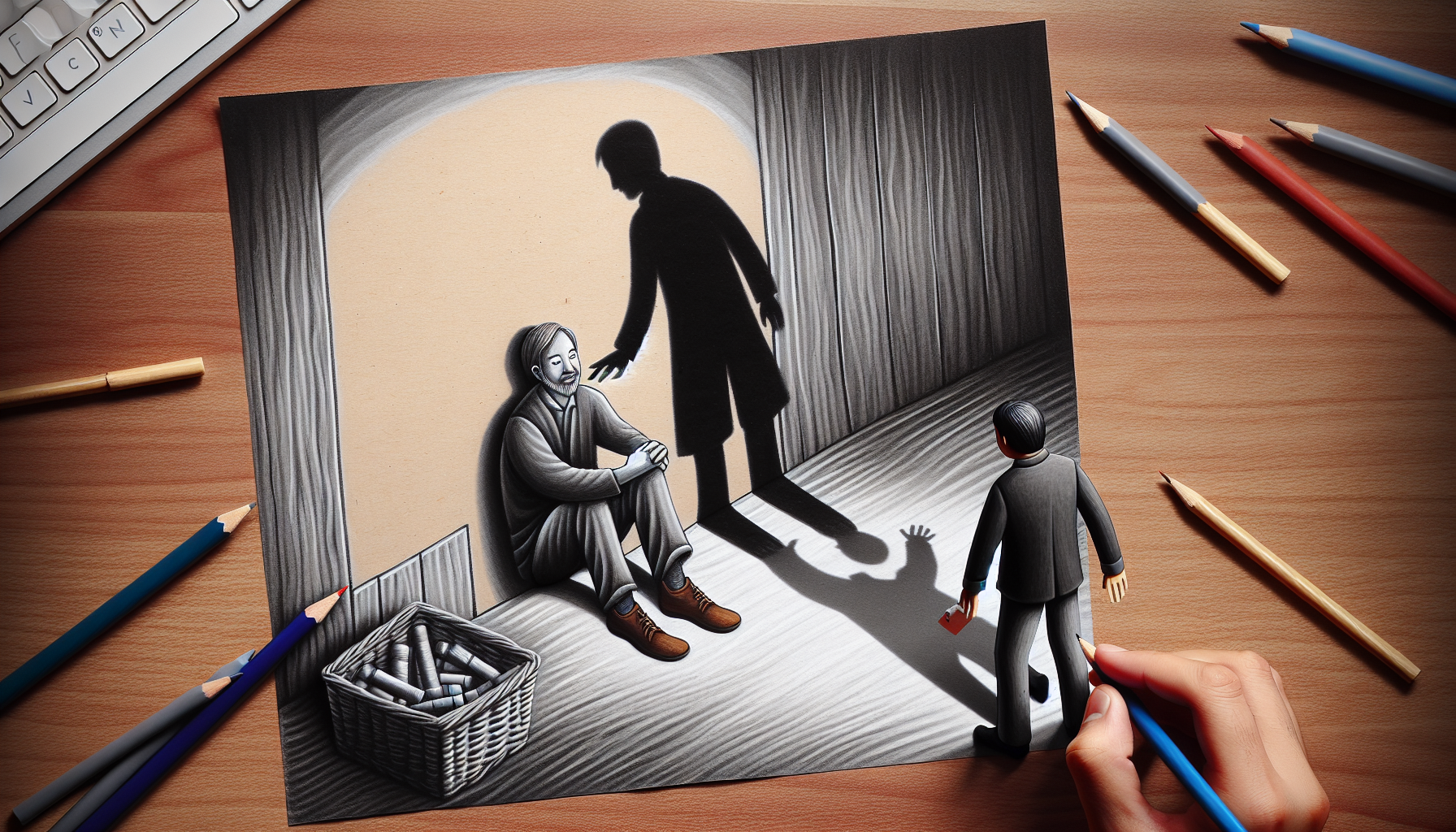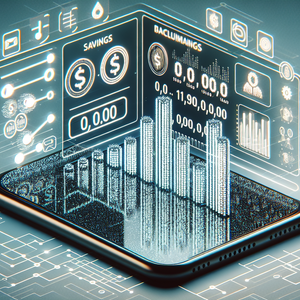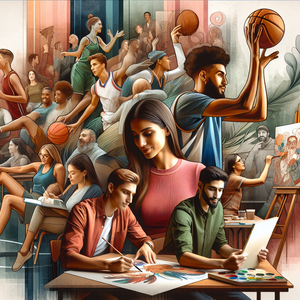The Evolution of Super Bowl Halftime Shows: A 2025 Perspective

The inception of Super Bowl Halftime Shows dates back to the inaugural game in 1967, which featured traditional marching bands. For many years, the format was relatively straightforward, focusing primarily on live music and dance. However, the inclusion of popular music acts in the late 1980s and early 1990s began to reshape the halftime narrative. Iconic performances by artists like Michael Jackson in 1993, who turned the halftime show into a must-see event, paved the way for future headliners to blend artistry with entertainment. Beyoncé's 2013 performance and Shakira's vibrant display in 2020 further catalyzed the shift, transforming the halftime show from a simple performance into a grand spectacle that often rivals the game itself in terms of viewership and cultural impact.
The Role of Technology in Shaping Performances
As halftime shows evolved, so too did the role of technology. The integration of advanced sound systems, intricate lighting designs, and elaborate stage setups has revolutionized performances, creating immersive experiences for audiences. By 2025, we can expect even more innovative uses of technology, including augmented reality (AR) and holograms that allow for interactive audience participation. For example, viewers at home might engage with the performance in real-time through AR applications, enhancing their experience and deepening their connection to the show. These advancements promise to elevate the entertainment value, making halftime shows a multi-sensory event that resonates with viewers both in the stadium and at home.
Potential Headliners and Their Cultural Impact
As we approach Super Bowl 2025, the anticipation surrounding potential headliners is palpable. Current musical heavyweights such as Billie Eilish, Lizzo, and Bad Bunny are frontrunners for this coveted slot. Each of these artists not only brings unique musical styles but also represents diverse cultural backgrounds, reflecting the evolving demographics of Super Bowl audiences. For instance, Billie Eilish's poignant lyrics and innovative sound appeal to younger generations, while Lizzo's empowering messages resonate with themes of body positivity and self-love. Bad Bunny, a leader in the Latin music scene, could bring a fresh perspective and cultural richness to the performance. A halftime show featuring a blend of these talents would symbolize unity and inclusivity, capturing the essence of a global audience and reinforcing the Super Bowl's commitment to diversity.
Audience Engagement and Social Media Influence
The landscape of audience engagement has transformed dramatically with the rise of social media. Platforms like Twitter, Instagram, and TikTok enable fans to share their reactions and connect with fellow viewers in real-time, creating a communal experience that extends beyond the television screen. By 2025, we may see halftime shows designed with social media interaction at their core, incorporating live polls, fan-generated content, and behind-the-scenes glimpses to enhance viewer engagement. For instance, audiences might vote on setlists or interact with performers through live social media feeds, creating a participatory atmosphere that deepens the connection between fans and artists.
Future Trends: The Halftime Show as a Cultural Commentary
The Super Bowl Halftime Show has the potential to serve as a powerful platform for cultural commentary. As societal issues become more pronounced, artists may utilize their performances to address themes such as social justice, climate change, and mental health awareness. A performance that weaves in these themes can redefine the halftime show from mere entertainment to a space for meaningful dialogue, reflecting the values and concerns of contemporary society. For example, artists might incorporate visual elements or spoken word segments that advocate for change, resonating with viewers on a deeper level and fostering a sense of community and purpose.
As we approach Super Bowl 2025, the halftime show stands on the brink of a transformative era. With a rich history marked by innovation and cultural significance, the future promises even more dynamic performances that leverage technology, embrace diversity, and engage global audiences.
Event Production Manager
Live Nation, AEG Presents, and major sports franchises
Core Responsibilities
Oversee the planning and execution of large-scale events, including halftime shows, ensuring all logistical aspects are managed effectively.
Coordinate with artists, sponsors, and technical teams to create cohesive and engaging performances.
Develop budgets and schedules while managing vendor relationships and contracts.
Required Skills
Strong project management and organizational skills.
Proficiency in budgeting and financial management.
Experience with live event production and familiarity with sound, lighting, and staging technologies.
Creative Director for Live Performances
Television networks, production companies, and major event organizers
Core Responsibilities
Conceptualize and design the visual and thematic elements of live performances, ensuring artistic vision aligns with brand and audience expectations.
Collaborate with artists, choreographers, and technicians to create immersive experiences that captivate audiences.
Lead rehearsals and provide direction during live performances to ensure flawless execution.
Required Skills
Strong background in visual arts, theater, or performance design.
Excellent communication and leadership abilities.
Experience with cutting-edge technology in live performances (e.g., AR, VR).
Social Media Strategist for Entertainment Events
Advertising agencies, media companies, and brands within the entertainment industry
Core Responsibilities
Develop and implement social media campaigns that engage audiences before, during, and after live events, enhancing overall viewer experience.
Analyze audience data and trends to create targeted content that resonates with viewers and encourages interaction.
Collaborate with marketing teams to integrate social media strategies into broader promotional efforts for events like the Super Bowl Halftime Show.
Required Skills
Proficiency in social media platforms and analytics tools.
Strong writing and content creation skills.
Ability to think creatively and adapt strategies quickly based on real-time feedback.
Sound Engineer for Live Events
Concert venues, production studios, and live event organizers
Core Responsibilities
Manage sound quality and audio equipment during live performances, ensuring optimal acoustics for both in-person and broadcast audiences.
Collaborate with artists and production teams to design soundscapes that enhance the overall performance experience.
Troubleshoot and resolve any technical issues that arise during rehearsals or live shows.
Required Skills
In-depth knowledge of sound engineering, audio equipment, and mixing techniques.
Strong problem-solving abilities and attention to detail.
Experience in live event settings and familiarity with various audio formats.
Marketing Coordinator for Entertainment Events
Sports teams, entertainment companies, and marketing agencies specializing in event promotion
Core Responsibilities
Assist in the development and execution of marketing strategies aimed at promoting major events, including halftime shows.
Create promotional materials and manage campaigns across various platforms to maximize audience reach and engagement.
Coordinate with partners and sponsors to enhance brand visibility during events.
Required Skills
Strong organizational and multitasking skills.
Experience with digital marketing tools and techniques.
Excellent written and verbal communication skills.


